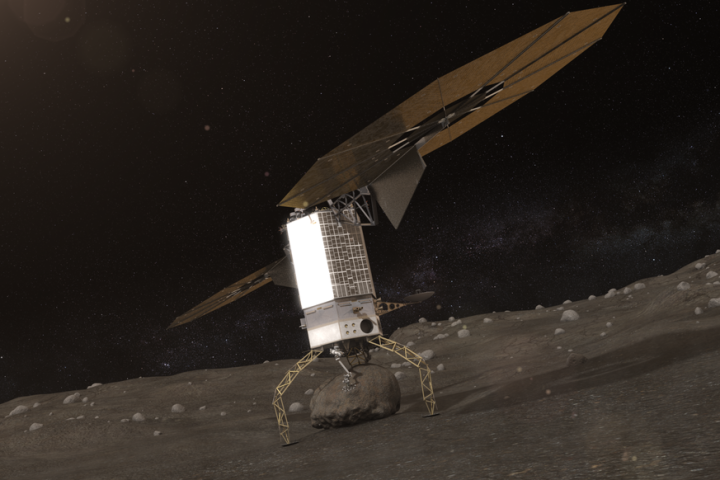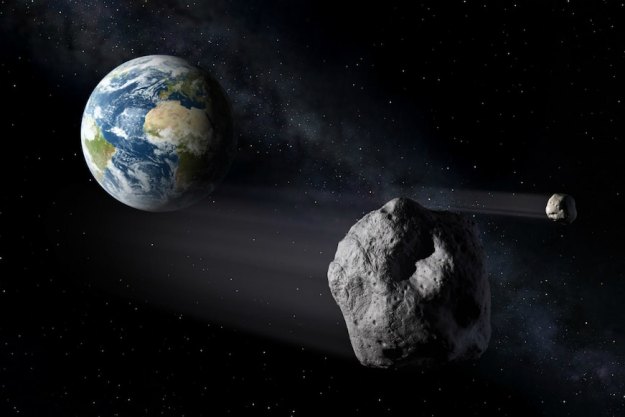
But to keep the quest alive, NASA has announced its plan to launch a robotic spacecraft toward a small asteroid as a part of its ambitious Asteroid Redirect Mission. The purpose of sending a robot there is to bring a small boulder lying on the surface of the asteroid back to earth, so that the scientists can analyze it more closely.
Though it hasn’t said which asteroid it might send a robot to, NASA has already developed a prototype of a robotic arm that will grip the boulder, according to Spectrum. Made up of several clawed, flexible metal “toes,” what makes this gripper perfect for grabbing onto rough surfaces is each of the 2,000 individual spines flexing independently in trios.
When the gripper is on the object’s surface, cables attached to the central hub tighten, pulling in the toes and engaging the spines. The spines release the object when the cables go slack. Neither operation requires a force to push the gripper, a plus for the microgravity environment. Still, it’s just in the prototype phase, and this might not be NASA’s final design for the arm.
Although a mission to Mars or the moon may sound more exciting, studying asteroids may give us clues about the origin of our solar system and life on our planet, as well as help us develop technologies to mine them for minerals. And we can probably learn more about halting a collision with one from an actual asteroid than we can from Armageddon.
Editors' Recommendations
- Watch NASA’s capsule with asteroid samples hurtling to Earth
- NASA’s anti-asteroid DART mission sends back its first images
- NASA’s DART spacecraft is on its way to crash into an asteroid
- NASA investigating possible issue with Lucy spacecraft hours after launch
- NASA spacecraft begins long journey home with asteroid sample


